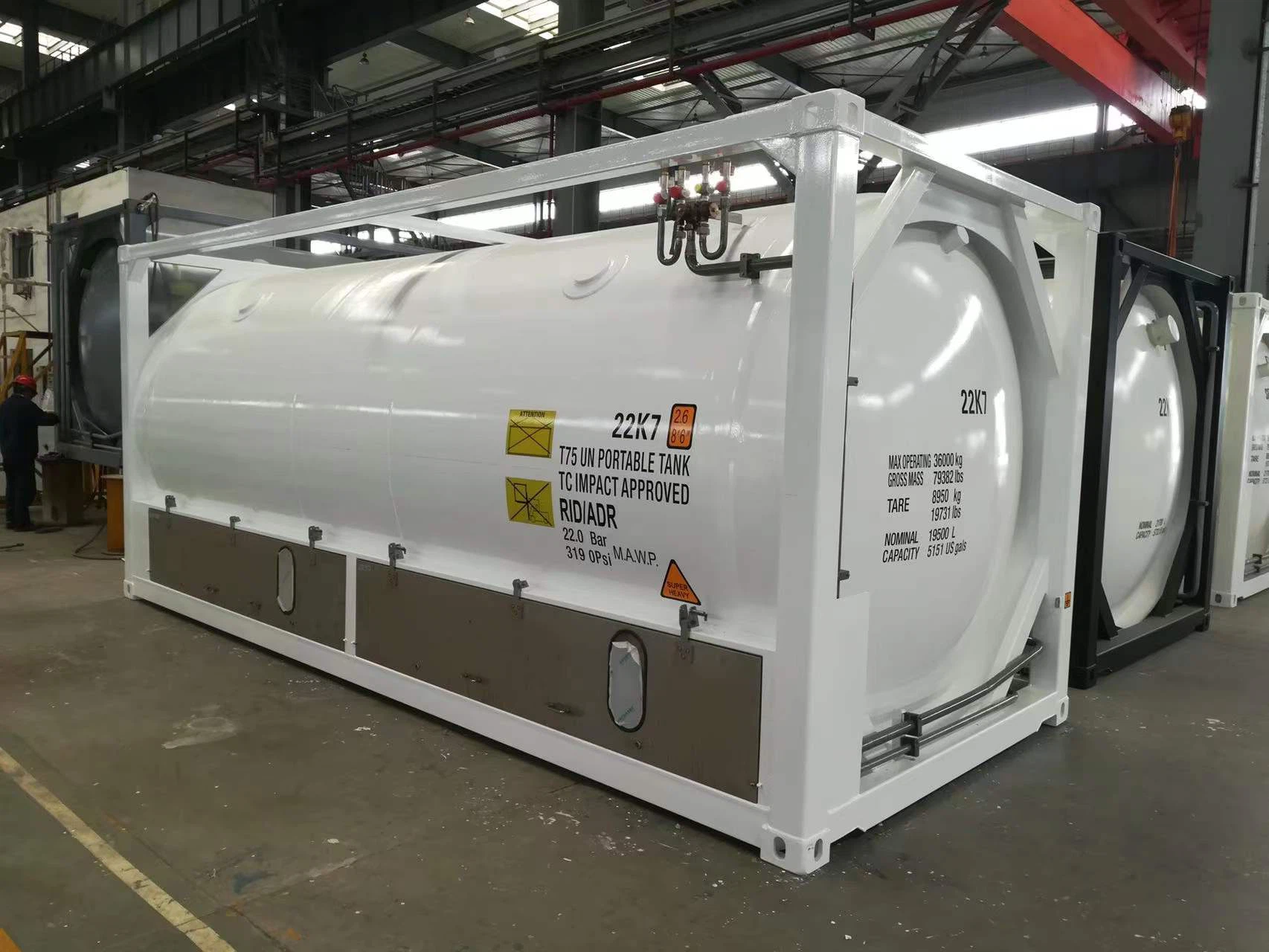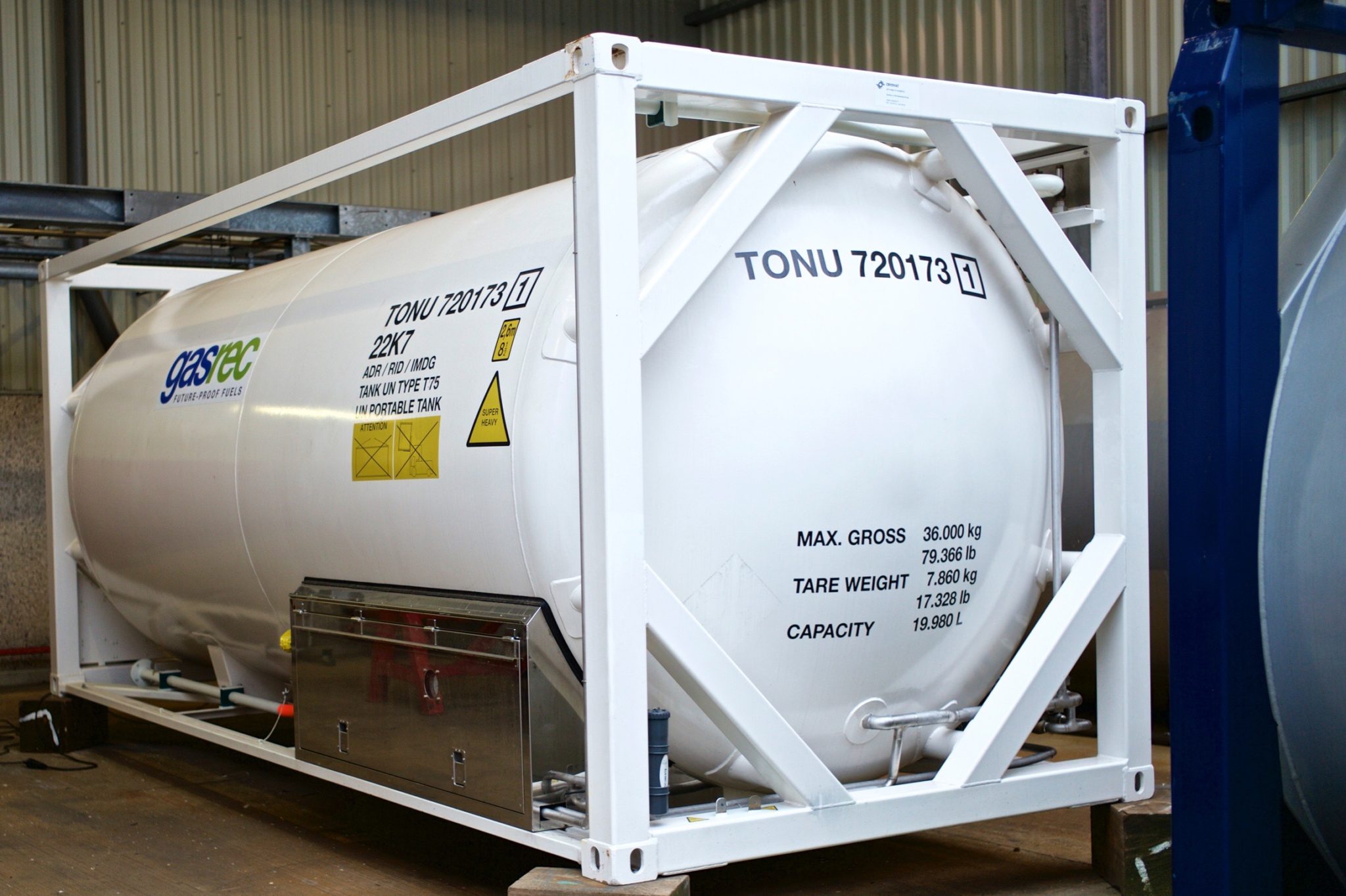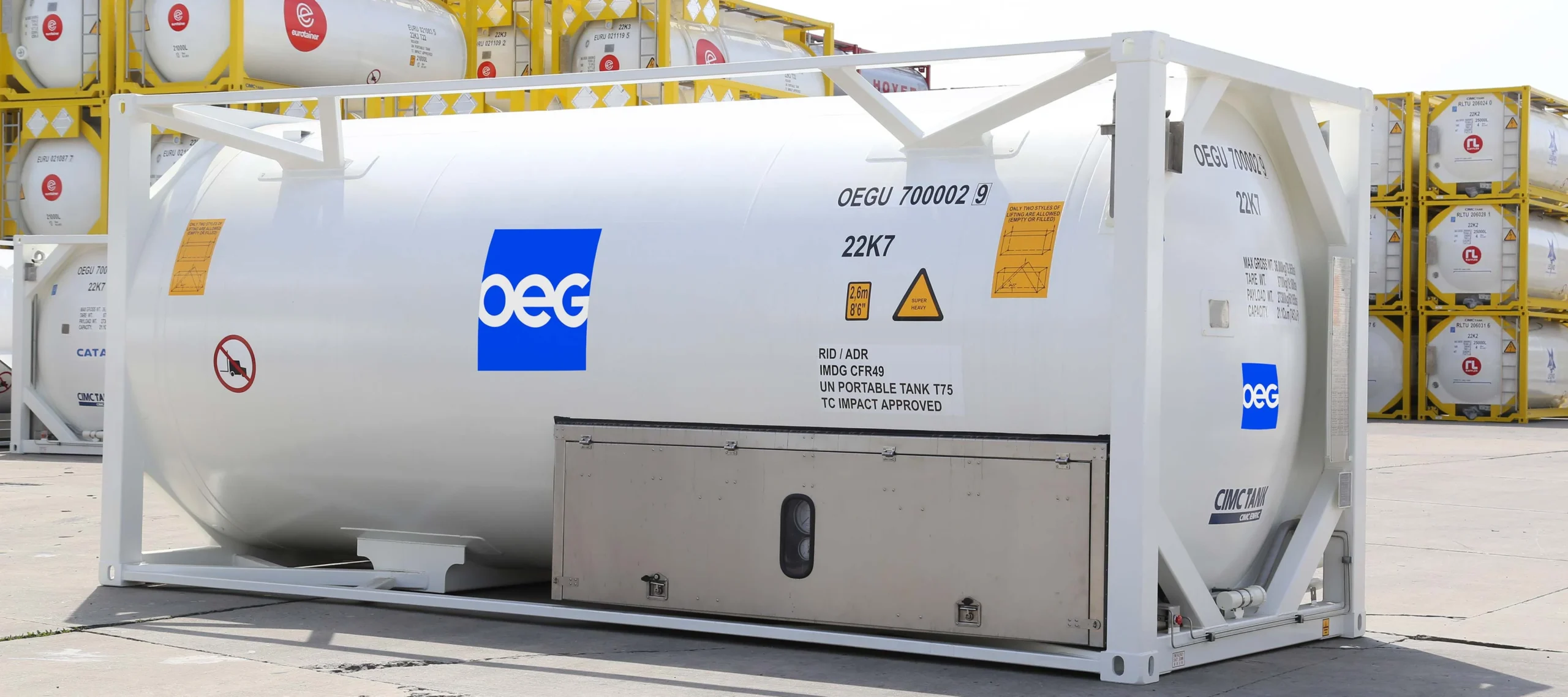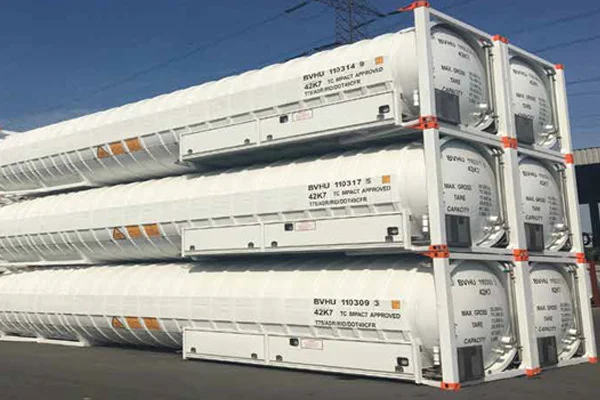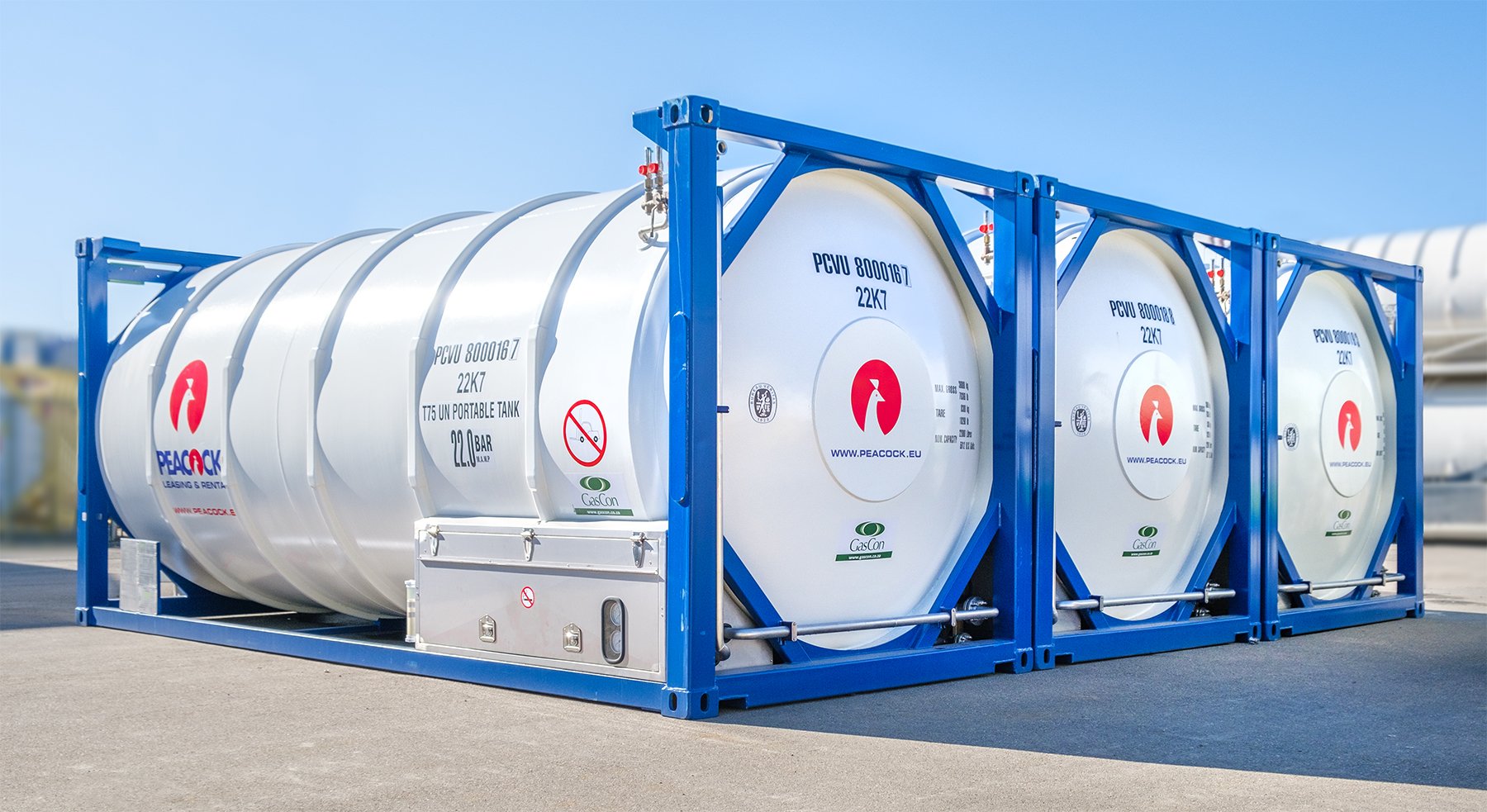Description
ISO Cryogenic Tank Container: Safely Transporting the Coldest Cargoes
In the world of logistics, some materials demand specialized handling due to their unique properties. Cryogenic liquids, like liquid nitrogen, oxygen, argon, and LNG (Liquefied Natural Gas), fall squarely into this category. These super-cooled substances require extremely low temperatures to maintain their liquid state, making transportation a complex engineering challenge. Enter the ISO Cryogenic Tank Container, a purpose-built vessel designed for the safe and efficient transport of cryogenic liquids across the globe.
Specifically, the 20,000L – 24,000L ISO Cryogenic Tank Container stands out as a versatile and widely used solution. Let’s delve into what makes this type of container so crucial for industries relying on cryogenic liquids.
What is an ISO Cryogenic Tank Container?
An ISO Cryogenic Tank Container is a specialized shipping container engineered for the storage and transportation of cryogenic liquids. Built to comply with stringent international standards (ISO), these containers are designed to maintain the extremely low temperatures necessary to keep the contents in their liquid state during transit. Key features include:
- Double-Walled Vessel: Typically constructed with a double-walled design. The inner tank holds the cryogenic liquid, while the outer tank acts as a protective shield and incorporates a vacuum insulation system.
- Vacuum Insulation: The space between the inner and outer tanks is evacuated to create a vacuum. This vacuum dramatically reduces heat transfer through conduction and convection, minimizing boil-off.
- Super Insulation: In addition to the vacuum, multi-layer insulation (MLI) is often incorporated. MLI consists of multiple layers of highly reflective material, further minimizing radiative heat transfer and enhancing thermal performance.
- Pressure Relief Valves: Equipped with safety devices, such as pressure relief valves, to manage any pressure buildup within the tank due to unavoidable boil-off.
- Robust Construction: Built with durable materials like stainless steel to withstand the rigors of international shipping via road, rail, and sea.
- Standardized Dimensions: Adheres to ISO standards, ensuring compatibility with existing container handling equipment and infrastructure.
Why are 20,000L – 24,000L Containers Popular?
The 20,000L – 24,000L capacity range offers a sweet spot for many applications due to:
- Optimal Payload: This size balances substantial carrying capacity with manageable weight, allowing for efficient transportation without exceeding road or rail limits in most regions.
- Versatility: Suitable for a wide range of cryogenic liquids, including nitrogen, oxygen, argon, and LNG, making them adaptable to various industry needs.
- Cost-Effectiveness: Provides a good balance between upfront investment and transportation efficiency, making them a cost-effective solution for many businesses.
- Ease of Handling: While requiring specialized handling procedures, the size and weight are manageable with standard container handling equipment, simplifying logistics.
Applications Across Industries:
ISO Cryogenic Tank Containers in the 20,000L – 24,000L range play a vital role in numerous industries:
- Industrial Gases: Essential for transporting bulk quantities of nitrogen, oxygen, and argon for applications such as welding, cutting, cooling, and manufacturing.
- Healthcare: Used to transport liquid nitrogen for cryopreservation of biological samples and liquid oxygen for medical applications.
- Energy: Increasingly crucial for the transport of Liquefied Natural Gas (LNG) to meet growing energy demands.
- Food & Beverage: Utilized for cryogenic freezing and chilling processes to preserve food quality and extend shelf life.
- Research & Development: Supports scientific research by providing a means to transport cryogenic liquids for experiments and cooling applications.
Key Considerations for Selecting and Using a Cryogenic Tank Container:
- Cryogenic Liquid Compatibility: Ensure the container is specifically designed and certified for the specific cryogenic liquid being transported.
- Pressure Rating: Verify that the container’s pressure rating meets or exceeds the requirements for the intended cargo.
- Boil-off Rate: Understand the container’s boil-off rate to accurately estimate the quantity of liquid that will be lost during transit.
- Regulatory Compliance: Adhere to all applicable regulations for the transportation of cryogenic liquids, including IMDG (International Maritime Dangerous Goods) codes and local regulations.
- Proper Handling Procedures: Train personnel on the proper procedures for filling, emptying, and handling cryogenic tank containers to ensure safety.
Conclusion:
The ISO Cryogenic Tank Container, particularly those in the 20,000L – 24,000L range, represents a significant advancement in the transportation of cryogenic liquids. Their robust construction, advanced insulation, and adherence to international standards enable the safe, efficient, and cost-effective transport of these vital substances across various industries. As the demand for cryogenic liquids continues to grow, these specialized containers will undoubtedly remain a cornerstone of global logistics.

